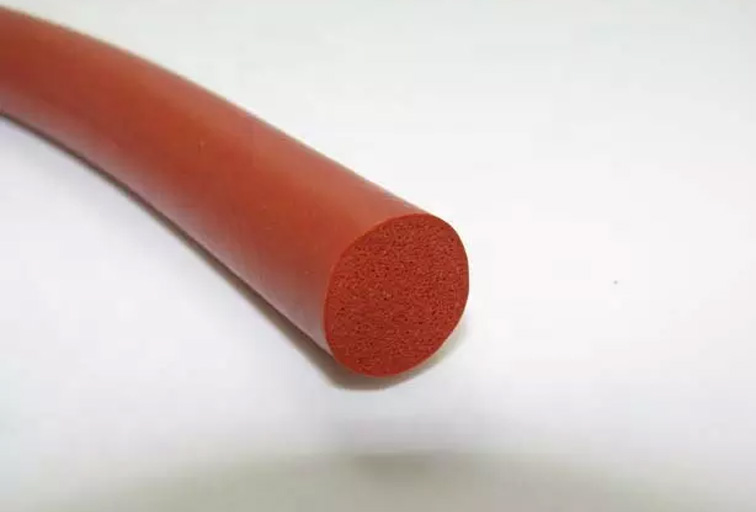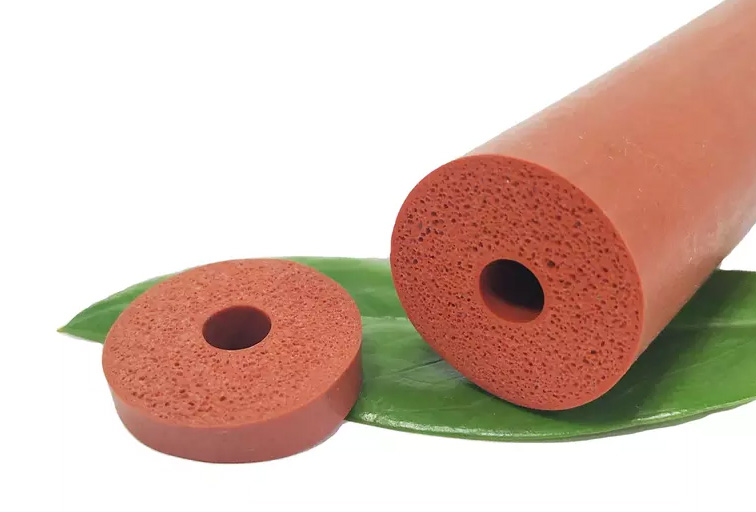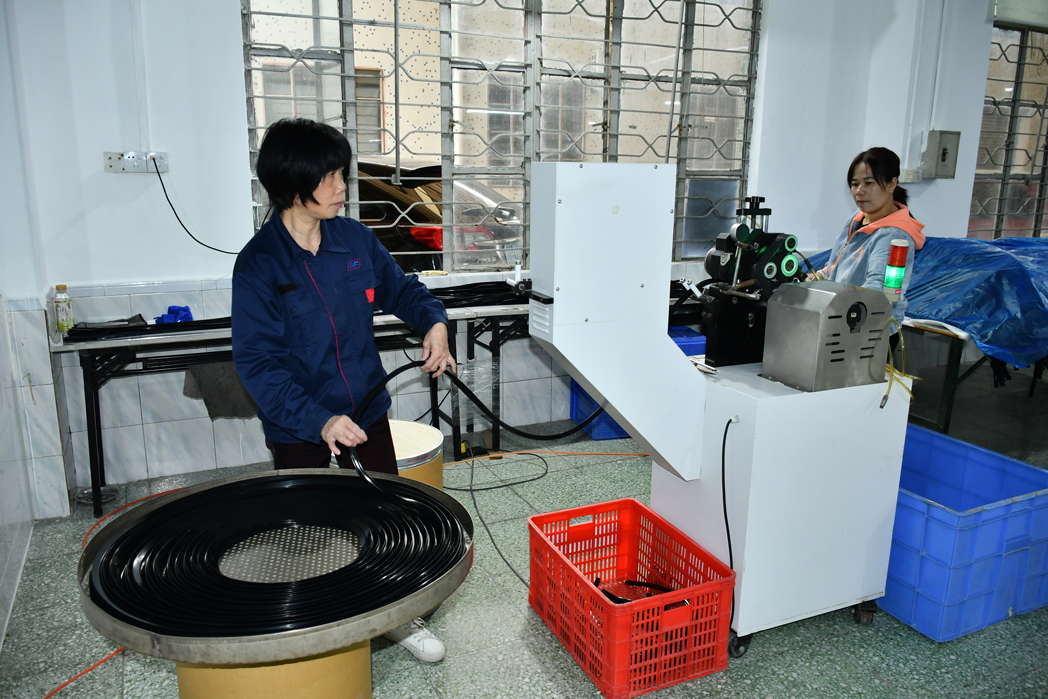


























Silicone rubber is a great material for gasket strips because it can handle a wide range of temperatures. Plus, it has many other beneficial properties, such as its resistance to chemicals, moisture, oxygen, ozone, and sunlight.
Another big bonus is that silicone rubber doesn't lose its properties even in extremely hot or cold temperatures. With all these advantages, it's no wonder that silicone rubber is a popular choice for gasket strips in various industries.
You can count on weather-resistant polyurethane gaskets to stand strong even in the toughest of weather conditions. These amazing rubber gaskets boast unparalleled tensile strength, abrasion resistance, and flexibility that simply can't be matched by any other material out there. With these exceptional qualities, it's no surprise that they tend to perform amazingly in all types of weather.
Unfortunately, silicone rubber is not the best option for construction work as its tear strength is poor and it lacks abrasion resistance and stability.
Nevertheless, adding other substances can enhance its performance. But before taking that step, it's important to carefully assess whether silicone is the appropriate choice for the task at hand.
When it comes to making aerospace parts, silicone rubber gaskets are often the go-to choice. We use them to seal doors and windows, keep heating and cooling systems in check, and even secure instrument panels.
In fact, testing has shown that they're incredibly effective at doing just that. And it's not just about sealing things up. These gaskets also offer fantastic vibration dampening and thermal insulation, making them an all-around great choice for a variety of applications.
It's worth noting that if the engine overheats, the gasket may be exposed to temperatures beyond its safe limits. In severe cases, this could lead to the gasket failing altogether.
Sometimes, the excessive heat can cause the engine block or cylinder head to warp or crack, which affects the union, preventing the head gasket from sealing correctly.
So, what sets gaskets and seals apart?
Well, seals are usually made through molding or machining and come in flat or round shapes like o-rings. Their design and bolt spacing depends on the component.
On the other hand, gaskets are employed when two components or flanges require a flat surface to be sealed off, so they serve a different purpose than seals.
Rubber gaskets are made from natural rubber, which is obtained from rubber trees, whereas silicone gaskets are made from synthetic materials. The choice between these two types of gaskets depends on the specific situation at hand.
If the environment involves extreme temperatures, then silicone gaskets are a better option to consider than polyurethane gaskets. By carefully considering the unique requirements of the situation, you can make an informed decision when choosing the right gasket.
Strip gaskets can be made from a variety of materials, such as silicone foam, silicone sponge, urethane foam, and neoprene sponge.
However, the most frequently used material in strip gasket production is silicone foam. This is because it's commonly available with peel-and-stick adhesive backing, which makes installation much easier for the installer.
When there's an issue with the gasket in your engine, it can lead to some obvious signs that something's not right. You might smell something burning or see oil stains on the ground.
And if things really go wrong, you might even notice your engine isn't working smoothly, and is making strange noises or vibrations. It's important not to ignore these signals from your vehicle - they're the way it's telling you it needs some attention.
Gaskets serve the important role of filling gaps between two or more mating surfaces to prevent leakage during compression.
Although they're mainly used to keep machinery parts sealed, they're also great for weatherstripping. Gasket strips can be used to fill a range of spaces such as doors, windows, and attics.
As with most things in life, the lifespan of a silicone rubber gasket strip depends on several factors. The quality of the strip, its exposure to the environment, and how frequently it is used all play a role. Taking good care of your gasket strip can give it a longer life, potentially by several years.